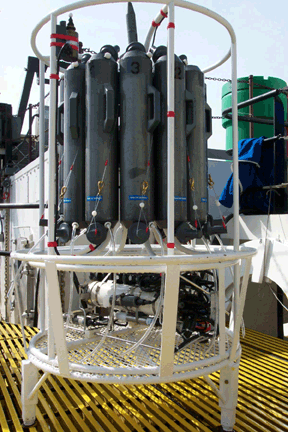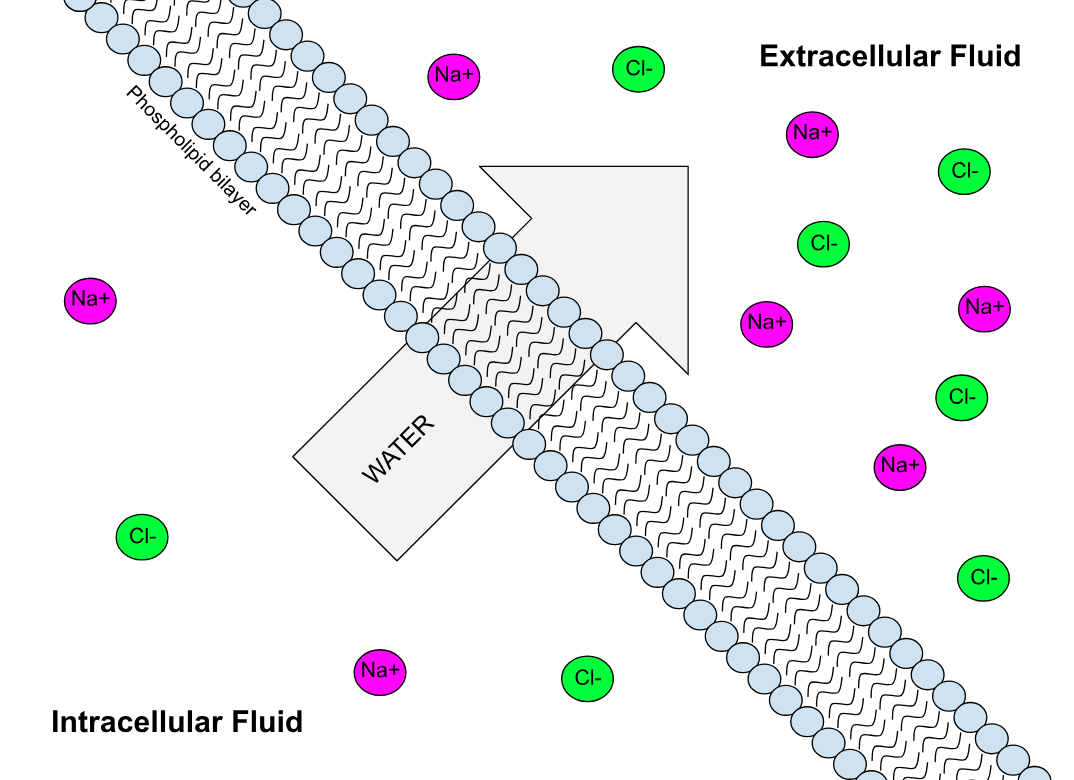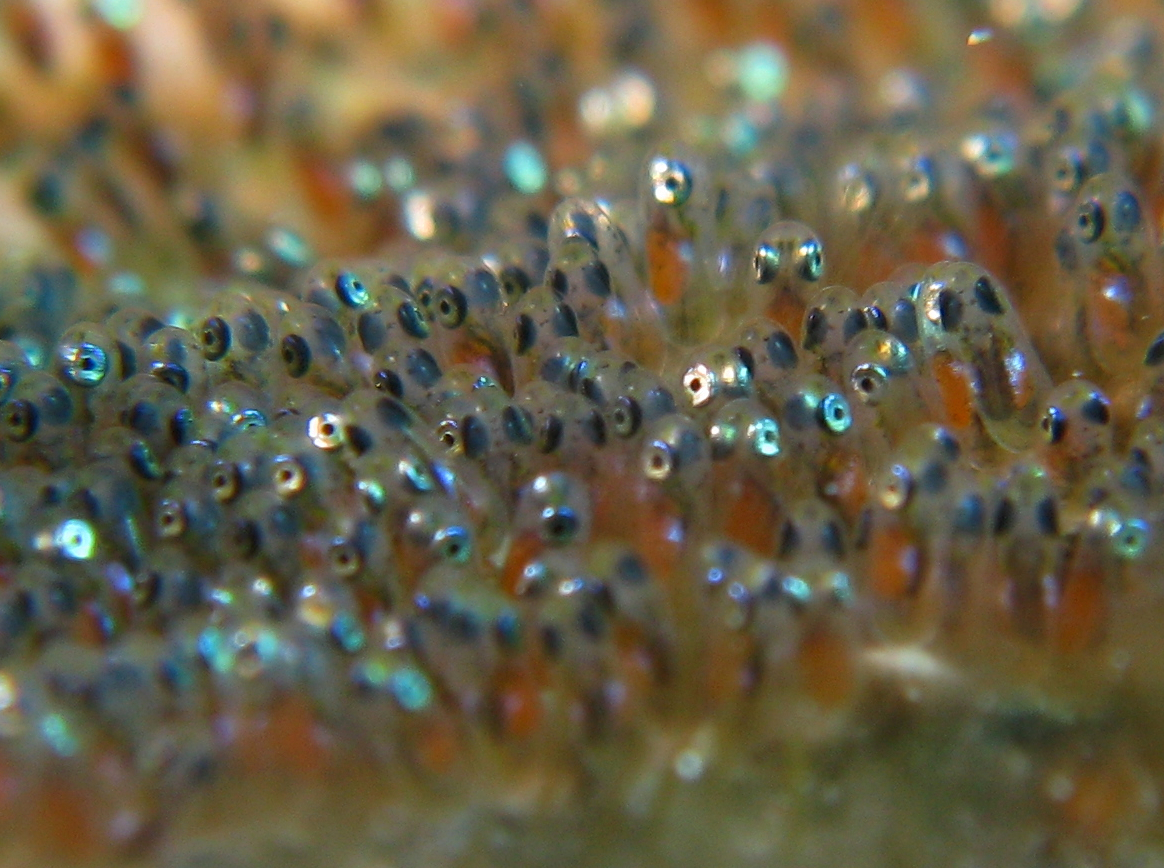|
Freshwater Swamp Forests
Freshwater swamp forests, or flooded forests, are forests which are inundated with freshwater, either permanently or seasonally. They normally occur along the lower reaches of rivers and around freshwater lakes. Freshwater swamp forests are found in a range of climate zones, from boreal through temperate and subtropical to tropical. Appearance A freshwater swamp forest is a type of wetland ecosystem characterized by its unique hydrology and vegetation. These forests are typically found in low-lying areas, riverbanks, and floodplains where there is a consistent supply of freshwater. A forest that is frequently flooded with relatively fresh water rich in minerals is referred to as a freshwater swamp forest. Since tropical freshwater swamp forests are a subset of tropical rainforests, they share a number of environmental traits with other tropical rainforest formations. Beyond these shared characteristics, however, the environment in freshwater swamp forests and other tropical ... [...More Info...] [...Related Items...] OR: [Wikipedia] [Google] [Baidu] |
Waterlogging (agriculture)
Waterlogging water is the saturation of soil with water. Soil may be regarded as waterlogged when it is nearly saturated with water much of the time such that its air phase is restricted and Hypoxia (environmental), anaerobic conditions prevail. In extreme cases of prolonged waterlogging, anaerobiosis occurs, the roots of mesophytes suffer, and the subsurface reducing atmosphere leads to such processes as denitrification, methanogenesis, and the reduction of iron and manganese oxides. All plants, including crop, require Earth's atmosphere, air (specifically, oxygen) to respire, produce energy, and keep their cells alive. In agriculture, waterlogging typically blocks air from getting to the roots. With the exception of rice (''Oryza sativa''), most crops like maize and potato, are therefore highly intolerant to waterlogging. Plant Cell (biology), cells use a variety of signals such the oxygen concentration, plant hormones like ethylene, energy and sugar status to acclimate to ... [...More Info...] [...Related Items...] OR: [Wikipedia] [Google] [Baidu] |
Carbon Sequestration
Carbon sequestration is the process of storing carbon in a carbon pool. It plays a crucial role in Climate change mitigation, limiting climate change by reducing the amount of Carbon dioxide in Earth's atmosphere, carbon dioxide in the atmosphere. There are two main types of carbon sequestration: biologic (also called ''biosequestration'') and geologic. Biologic carbon sequestration is a naturally occurring process as part of the carbon cycle. Humans can enhance it through deliberate actions and use of technology. Carbon dioxide () is naturally captured from the atmosphere through biological, chemical, and physical processes. These processes can be accelerated for example through changes in land use and agricultural practices, called carbon farming. Artificial processes have also been devised to produce similar effects. This approach is called carbon capture and storage. It involves using technology to capture and sequester (store) that is produced from human activities under ... [...More Info...] [...Related Items...] OR: [Wikipedia] [Google] [Baidu] |
Water Quality
Water quality refers to the chemical, physical, and biological characteristics of water based on the standards of its usage. It is most frequently used by reference to a set of standards against which compliance, generally achieved through treatment of the water, can be assessed. The most common standards used to monitor and assess water quality convey the health of ecosystems, safety of human contact, extent of water pollution and condition of drinking water. Water quality has a significant impact on water supply and often determines supply options. Impacts on public health Over time, there has been increasing recognition of the importance of drinking water quality and its impact on public health. This has led to increasing protection and management of water quality. Text was copied from this source, which is available under a creativecommons:by/4.0/, Creative Commons Attribution 4.0 International License The understanding of the links between water quality and healt ... [...More Info...] [...Related Items...] OR: [Wikipedia] [Google] [Baidu] |
Buffer Strip
A buffer strip is an area of land maintained in permanent vegetation that helps to control air quality, soil quality, and water quality, along with other environmental problems, dealing primarily on land that is used in agriculture. Buffer strips trap sediment, and enhance filtration of nutrients and pesticides by slowing down surface runoff that could enter the local surface waters. The root systems of the planted vegetation in these buffers hold soil particles together which alleviate the soil of wind erosion and stabilize stream banks providing protection against substantial erosion and landslides. Farmers can also use buffer strips to square up existing crop fields to provide safety for equipment while also farming more efficiently. Buffer strips can have several different configurations of vegetation found on them varying from simply grass to combinations of grass, trees, and shrubs. Areas with diverse vegetation provide more protection from nutrient and pesticide flow and ... [...More Info...] [...Related Items...] OR: [Wikipedia] [Google] [Baidu] |
Ecosystem Service
Ecosystem services are the various benefits that humans derive from ecosystems. The interconnected living and non-living components of the natural environment offer benefits such as pollination of crops, clean air and water, decomposition of wastes, and flood control. Ecosystem services are grouped into four broad categories of services. There are ''provisioning services'', such as the production of food and water; ''regulating services'', such as the control of climate and disease; ''supporting services'', such as nutrient cycles and oxygen production; and ''cultural services'', such as recreation, tourism, and spiritual gratification. Evaluations of ecosystem services may include assigning an economic value to them. For example, estuarine and coastal ecosystems are marine ecosystems that perform the four categories of ecosystem services in several ways. Firstly, their provisioning services include marine resources and genetic resources. Secondly, their supporting services inc ... [...More Info...] [...Related Items...] OR: [Wikipedia] [Google] [Baidu] |
Semipermeable Membrane
Semipermeable membrane is a type of synthetic or biologic, polymeric membrane that allows certain molecules or ions to pass through it by osmosis. The rate of passage depends on the pressure, concentration, and temperature of the molecules or solutes on either side, as well as the permeability of the membrane to each solute. Depending on the membrane and the solute, permeability may depend on solute size, solubility, properties, or chemistry. How the membrane is constructed to be selective in its permeability will determine the rate and the permeability. Many natural and synthetic materials which are rather thick are also semipermeable. One example of this is the thin film on the inside of an egg. Biological membranes are selectively permeable, with the passage of molecules controlled by facilitated diffusion, passive transport or active transport regulated by proteins embedded in the membrane. Biological membranes Phospholipid bilayer A phospholipid bilayer is an ... [...More Info...] [...Related Items...] OR: [Wikipedia] [Google] [Baidu] |
Aerial Root
Aerial roots are Root, roots growing above the ground. They are often Plant development#Adventitious structures, adventitious, i.e. formed from nonroot tissue. They are found in diverse plant species, including epiphytes such as orchids (''Orchidaceae''), tropical coastal swamp trees such as mangroves, banyan figs (''Ficus subg. Urostigma''), the warm-temperate rainforest rata (''Metrosideros robusta''), and pōhutukawa trees of New Zealand (''Metrosideros excelsa''). Vines such as common ivy (''Hedera helix'') and poison ivy (''Toxicodendron radicans'') also have aerial roots. Types This plant organ that is found in so many diverse plant-families has different specializations that suit the plant-habitat. In general growth-form, they can be technically classed as ''gravitropism, negatively gravitropic'' (grows up and away from the ground) or ''positively gravitropic'' (grows down toward the ground). "Stranglers" (prop-root) Banyan trees are an example of a strangler fig th ... [...More Info...] [...Related Items...] OR: [Wikipedia] [Google] [Baidu] |
Spawn (biology)
Spawn is the eggs and sperm released or deposited into water by aquatic animals. As a verb, ''to spawn'' refers to the process of freely releasing eggs and sperm into a body of water (fresh or marine); the physical act is known as spawning. The vast majority of aquatic and amphibious animals reproduce through spawning. These include the following groups: * Bony fishes * Crustaceans (such as crabs, shrimps, etc.) *Mollusks (such as oysters, octopus, squid) *Echinoderms (such as sea urchins, sea stars, sea cucumbers, etc.) * Amphibians (such as frogs, toads, salamanders, newts) * Aquatic insects (such as dragonflies, mayflies, mosquitoes) *Coral, which are living colonies of tiny, aquatic organisms—not plants, as they are sometimes perceived to be. Corals, while appearing sedentary or botanical by nature, actually spawn by releasing clouds of sperm and egg cells into the water column, where the two mix. As a general rule, aquatic or semiaquatic reptiles, birds, ... [...More Info...] [...Related Items...] OR: [Wikipedia] [Google] [Baidu] |
Amphibian
Amphibians are ectothermic, anamniote, anamniotic, tetrapod, four-limbed vertebrate animals that constitute the class (biology), class Amphibia. In its broadest sense, it is a paraphyletic group encompassing all Tetrapod, tetrapods, but excluding the amniotes (tetrapods with an amniotic membrane, such as modern reptiles, birds and mammals). All extant taxon, extant (living) amphibians belong to the monophyletic subclass (biology), subclass Lissamphibia, with three living order (biology), orders: Anura (frogs and toads), Urodela (salamanders), and Gymnophiona (caecilians). Evolved to be mostly semiaquatic, amphibians have adapted to inhabit a wide variety of habitats, with most species living in freshwater ecosystem, freshwater, wetland or terrestrial ecosystems (such as riparian woodland, fossorial and even arboreal habitats). Their biological life cycle, life cycle typically starts out as aquatic animal, aquatic larvae with gills known as tadpoles, but some species have devel ... [...More Info...] [...Related Items...] OR: [Wikipedia] [Google] [Baidu] |
Biodiversity
Biodiversity is the variability of life, life on Earth. It can be measured on various levels. There is for example genetic variability, species diversity, ecosystem diversity and Phylogenetics, phylogenetic diversity. Diversity is not distributed evenly on Earth. It is greater in the tropics as a result of the warm climate and high primary productivity in the region near the equator. Tropical forest ecosystems cover less than one-fifth of Earth's terrestrial area and contain about 50% of the world's species. There are latitudinal gradients in species diversity for both marine and terrestrial taxa. Since Abiogenesis, life began on Earth, six major mass extinctions and several minor events have led to large and sudden drops in biodiversity. The Phanerozoic aeon (the last 540 million years) marked a rapid growth in biodiversity via the Cambrian explosion. In this period, the majority of Multicellular organism, multicellular Phylum, phyla first appeared. The next 400 mil ... [...More Info...] [...Related Items...] OR: [Wikipedia] [Google] [Baidu] |
Ebony
Ebony is a dense black/brown hardwood, coming from several species in the genus '' Diospyros'', which also includes the persimmon tree. A few ''Diospyros'' species, such as macassar and mun ebony, are dense enough to sink in water. Ebony is finely textured and has a mirror finish when polished, making it valuable as an ornamental wood. It is often cited as one of the most expensive woods in the world. Etymology The word ''ebony'' comes from the Ancient Egyptian ', through the Ancient Greek ('), into Latin () and Middle English. Species Species of ebony include '' Diospyros ebenum'' (Ceylon ebony), native to southern India and Sri Lanka; '' D. crassiflora'' (Gabon ebony), native to western Africa; '' D. humilis'' (Queensland ebony), native to Queensland, the Northern Territory, New Guinea and Timor; and '' D. celebica'' (Sulawesi ebony), native to Indonesia and prized for its luxuriant, multi-colored wood grain. Mauritius ebony, '' D. tessellaria'', was largely exploited by ... [...More Info...] [...Related Items...] OR: [Wikipedia] [Google] [Baidu] |







